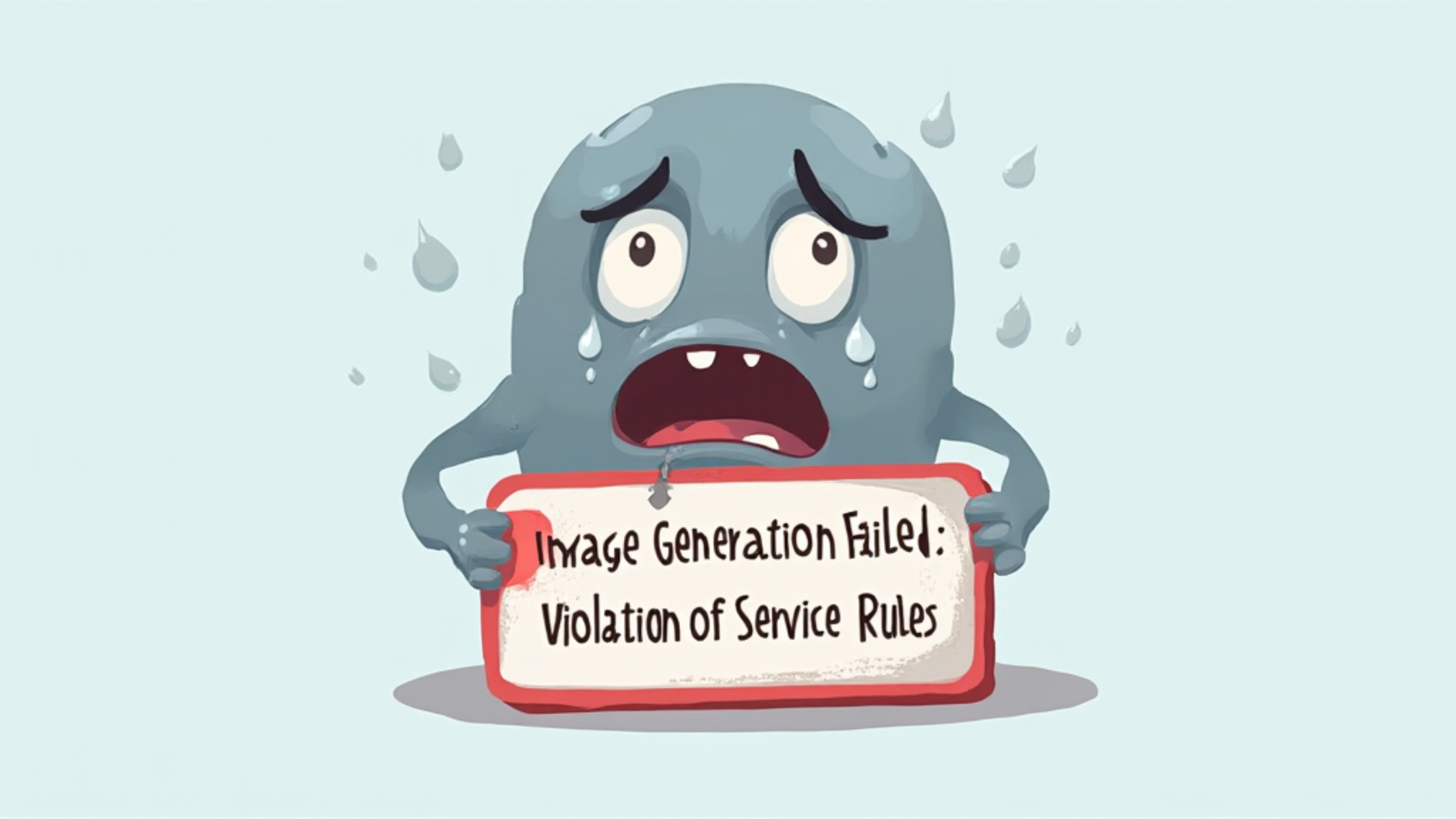Introduction to Inflation and Its Impact on Savings
Understanding Inflation: Causes and Effects
Inflation is the rate at which the general level of prices for goods and services rises, eroding purchasing power. This means that over time , your savings can buy less. It’s crucial to understand how inflation impacts your financial health. Many people overlook this aspect. Protecting your savings from inflation is essential.
When prices rise, the cost of living increases, affecting your daily expenses. This can lead to financial stress. Have you ever felt that pinch? As a result, individuals may seek alternative investment strategies. Diversifying your portfolio can be a smart move. Remember, knowledge is power.
The Historical Context of Inflation and Savings
Throughout history, inflation has significantly influenced savings and investment strategies. For instance, during the 1970s, high inflation rates led to a decline in real interest rates. This situation prompted individuals to reconsider traditional savings accounts. Many turned to alternative assets, such as real estate and commodities. These assets often provide a hedge against inflation.
Consider the following impacts of inflation on savings:
These factors illustrate the necessity of adapting financial strategies. It’s essential to stay informed. Knowledge is crucial for effective planning.
The Role of Cryptocurrency in Inflationary Times
How Cryptocurrencies Can Hedge Against Inflation
Cryptocurrencies offer unique advantages as a hedge against inflation. Their decentralized nature allows for greater control over assets. This can mitigate risks associated with traditional fiat currencies. Many investors view cryptocurrencies as a store of economic value. They often appreciate during inflationary periods.
Key benefits of cryptocurrencies include:
These factors make cryptocurrencies appealing. They can diversify investment portfolios effectively. Have you considered this option? Understanding these dynamics is essential for informed decision-making.
Comparing Cryptocurrencies to Traditional Assets
Cryptocurrencies and traditional assets differ significantly in their characteristics. For instance, cryptocurrencies are decentralized and often volatile. This volatility can lead to higher potential returns. In contrast, traditional assets like stocks and bonds tend to be more stable.
Investors often seek diversification. This can reduce overall portfolio risk. Have you evaluated your options? Understanding these differences is crucial for strategic investing.
Strategies for Protecting Your Savings
Diversification: Spreading Your Investments
Diversification is a critical strategy for protecting savings. By spreading investments across various asset classes, investors can mitigate risk. This approach reduces the impact of poor performance in any single investment. Common asset classes include stocks, bonds, real estate, and cryptocurrencies.
Consider the following diversification strategies:
These methods enhance portfolio resilience. Have you assessed your current allocation? A well-diversified portfolio is essential.
Investing in Inflation-Resistant Assets
Investing in inflation-resistant assets is crucial for maintaining purchasing power. He should consider assets like real estate, commodities, and inflation-protected securities. These investments typically appreciate during inflationary periods. This can safeguard his savings effectively.
For instance, real estate often provides rental income and capital appreciation. Commodities like gold serve as a hedge against currency devaluation. Have these options been evaluated? A diversified approach enhances financial security.
Utilizing Stablecoins for Stability
What Are Stablecoins and How Do They Work?
Stablecoins are digital currencies designed to maintain a stable value, typically pegged to a fiat currency like the US dollar. This stability makes them attractive for transactions and savings. They can mitigate the volatility often associated with cryptocurrencies. Many investors use stablecoins to preserve capital during market fluctuations.
For example, Tether (USDT) and USD Coin (USDC) are popular stablecoins. They provide liquidity and ease of transfer. Have you considered using them? Understanding stablecoins can enhance financial strategies.
Benefits and Risks of Using Stablecoins
Using stablecoins offers several benefits, including price stability and ease of transactions. He can quickly convert stablecoins to fiat currencies without significant loss. This liquidity is advantageous during market volatility. However, risks exist, such as regulatory scrutiny and potential counterparty risk.
For instance, the backing of stablecoins may not always be transparent. This can lead to concerns about their actual value. Have these risks been considered? Understanding both sides is essential for informed decisions.
Long-Term vs. Short-Term Strategies
Assessing Your Financial Goals
Assessing financial goals is crucial for effective planning. He should distinguish between long-term and short-term objectives. Long-term strategies often focus on wealth accumulation and retirement savings. These require patience and consistent contributions. Short-term strategies, on the other hand, address immediate financial needs. They may involve liquidity and quick access to funds.
Understanding these differences is essential. Have you defined your goals clearly? A well-structured plan enhances financial certificate.
Choosing the Right Investment Horizon
Choosing the right investment horizon is essential for achieving financial goals. He must evaluate his risk tolerance and time frame. Long-term investments typically yield higher rethrns but require patience. These investments can withstand market fluctuations over time . Conversely, short-term investments focus on immediate gains and liquidity. They often involve higher volatility and risk.
Understanding these dynamics is crucial. Have you assessed your risk tolerance? A clear strategy enhances investment outcomes.
Conclusion: Taking Action Against Inflation
Recap of Key Strategies
To combat inflation effectively, individuals should consider several key strategies. Diversifying investments across various asset classes can mitigate risk. He should also explore inflation-resistant assets like real estate and commodities. These options often provide better protection against rising prices.
Additionally, utilizing stablecoins can enhance liquidity. Have these strategies been implemented? Staying informed is vital for financial health.
Encouragement to Stay Informed and Adapt
Staying informed about financial trends is essential for effective decision-making. He should regularly review economic indicators and market conditions. This knowledge allows for timely adjustments to investment strategies. Adapting to changing circumstances can enhance financial resilience.
Consider the following actions:
Have you updated your strategy? Continuous learning is key to success.
